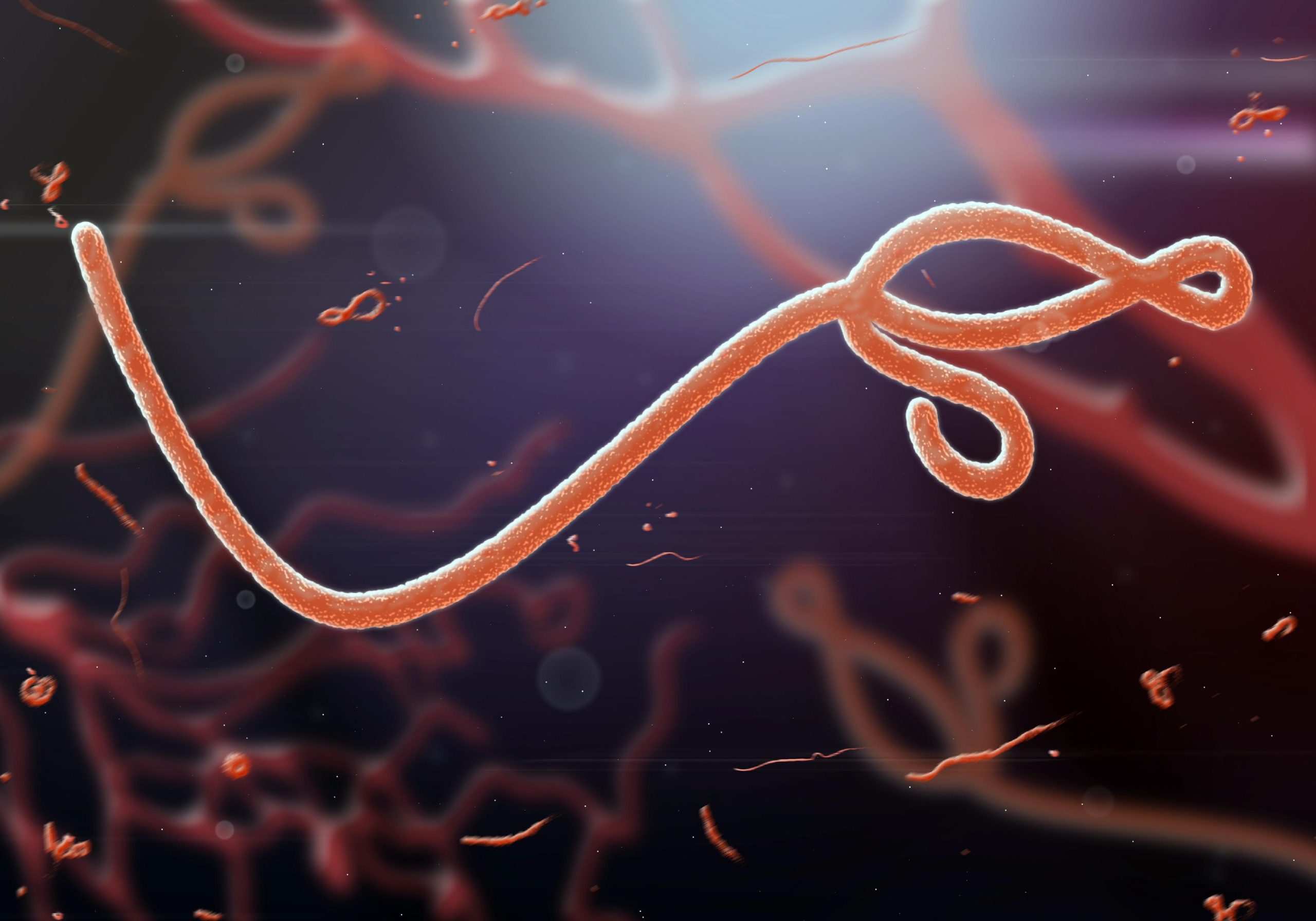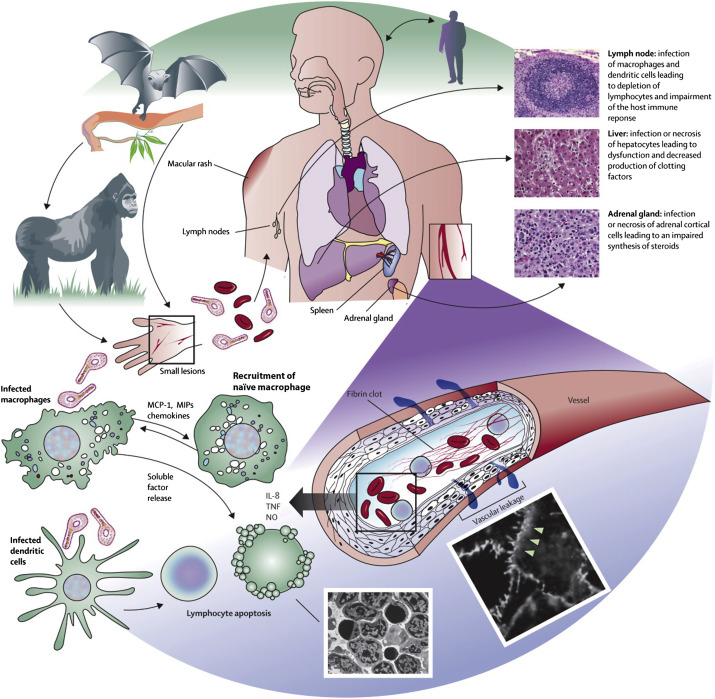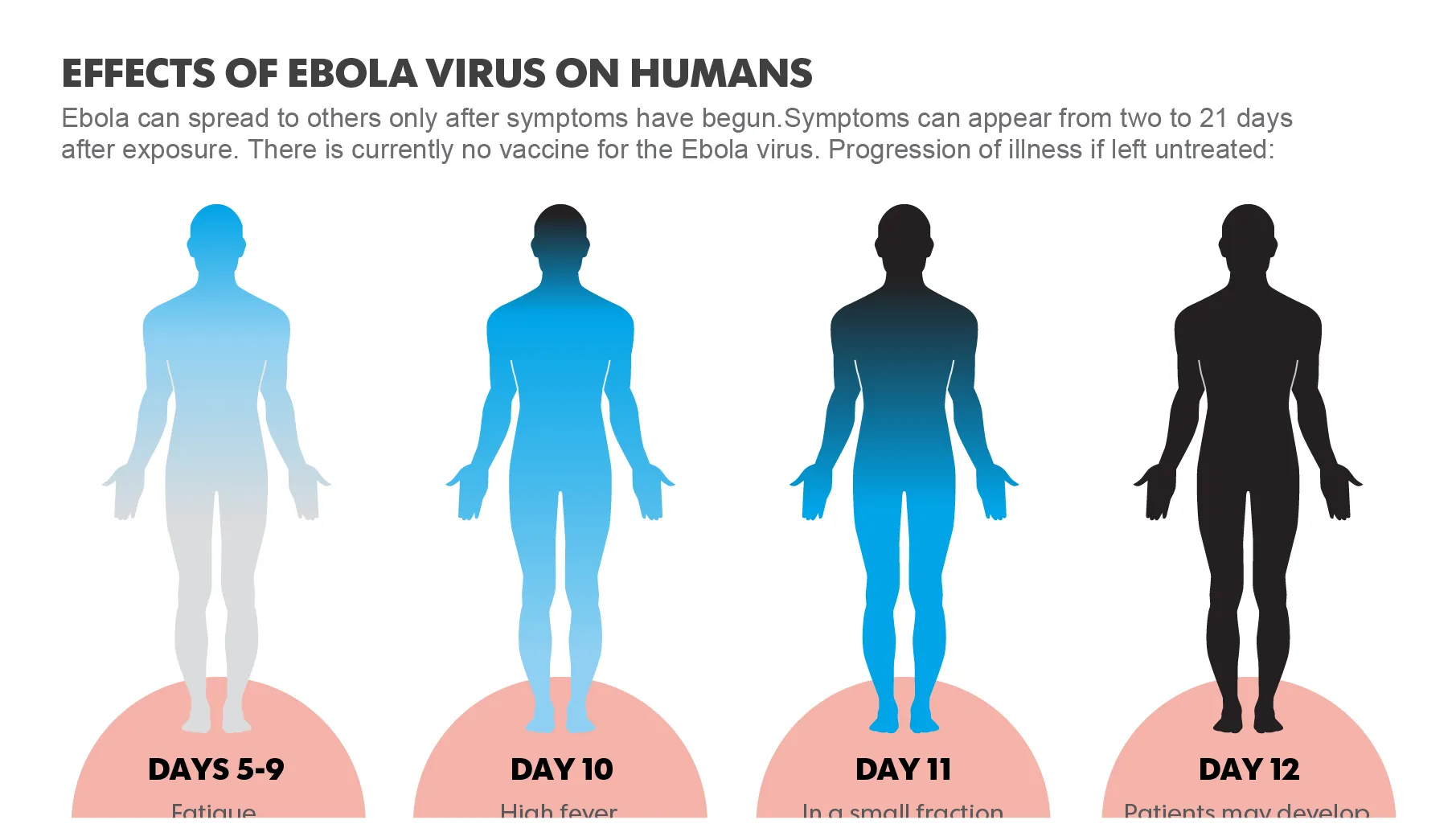
Key facts
- Ebola virus disease is a rare illness which can cause death.
- The Ebola virus isn’t found in Australia.
- The Ebola virus is transmitted (spread) through contact with bodily fluids.
What is the Ebola virus disease?
Ebola virus disease is a rare and often fatal (causing death) illness. It’s caused by the Ebola virus. There are several strains of the Ebola virus.
Ebola virus disease used to be called Ebola haemorrhagic fever.
You can become infected (catch) the Ebola virus if you have direct contact with the body fluids of an infected person or animal.
So far, all outbreaks of Ebola virus disease have happened in Central, East and West Africa.
What are the symptoms of Ebola virus disease?
The first signs and symptoms of Ebola virus disease are:
- a sudden fever
- a bad headache
- muscle pains
- weakness
- vomiting
- diarrhoea
- rash
People are infectious when they get these symptoms. These symptoms start between 2 and 21 days after infection with the virus. The symptoms usually begin suddenly.
Some people have very bad internal and external bleeding. This progresses to multi-organ failure.
What causes Ebola virus disease?
Fruit bats are thought to be the natural hosts of the Ebola virus. There are also occasional outbreaks among other animal species such as:
- monkeys
- chimpanzees
- gorillas
- forest antelope
There is no evidence that Ebola virus lives in bats or any other wild animals in Australia.
The Ebola virus is spread through direct contact with body fluids from an infected person or animal (alive or dead).
Body fluids are:
- blood
- sweat
- saliva
- urine (wee)
- faeces (poo)
- vomit
- breast milk
- semen
Ebola can also be transmitted by unprotected sexual contact with someone after they have recovered from Ebola virus disease.
Ebola virus disease can also be spread through touching things contaminated with body fluids.
Who is at risk of getting Ebola virus disease?
Caring for relatives with Ebola virus disease is a known risk factor for infection. Healthcare workers are also at risk, particularly in countries where there is poor infection control.
When should I see my doctor?
See a doctor or go to a hospital emergency department if you have returned in the last 21 days from an area where Ebola virus disease is present, and develop:
- fever
- vomiting
- diarrhoea
Tell the doctors about your symptoms and travel history.
How is Ebola virus disease diagnosed?
Ebola virus disease is diagnosed with a blood test.
Other tests may also be done to look for the Ebola virus disease, including:
- a urine test
- throat or nose swabs
How is Ebola virus disease treated?
Get help as soon as you get symptoms. Ebola virus disease can be treated in the early stage of the disease with antiviral medicines.
You will also need intensive medical care such as intravenous fluids (fluids given through a drip) and blood transfusions.
Where possible, people with Ebola virus disease are treated in hospital. They will be quarantined and isolated from other patients. Staff and visitors will need to take precautions.
Can Ebola virus disease be prevented?
Good hygiene and infection control is the best way to prevent the spread of Ebola virus disease.
There are 2 Ebola virus vaccines which work against some strains of the virus. These are in limited supply and only available for restricted use.
Complications of Ebola virus disease
Complications of Ebola virus disease are:
- hypotension (low blood pressure)
- spontaneous bleeding
- oedema (water retention)
- shock
- neurological (brain and nerve) involvement
- multi-organ failure (including liver and kidney failure)
During previous outbreaks in Africa, Ebola virus disease has been fatal for between 5 to 9 out of 10 people (50%-90%).








